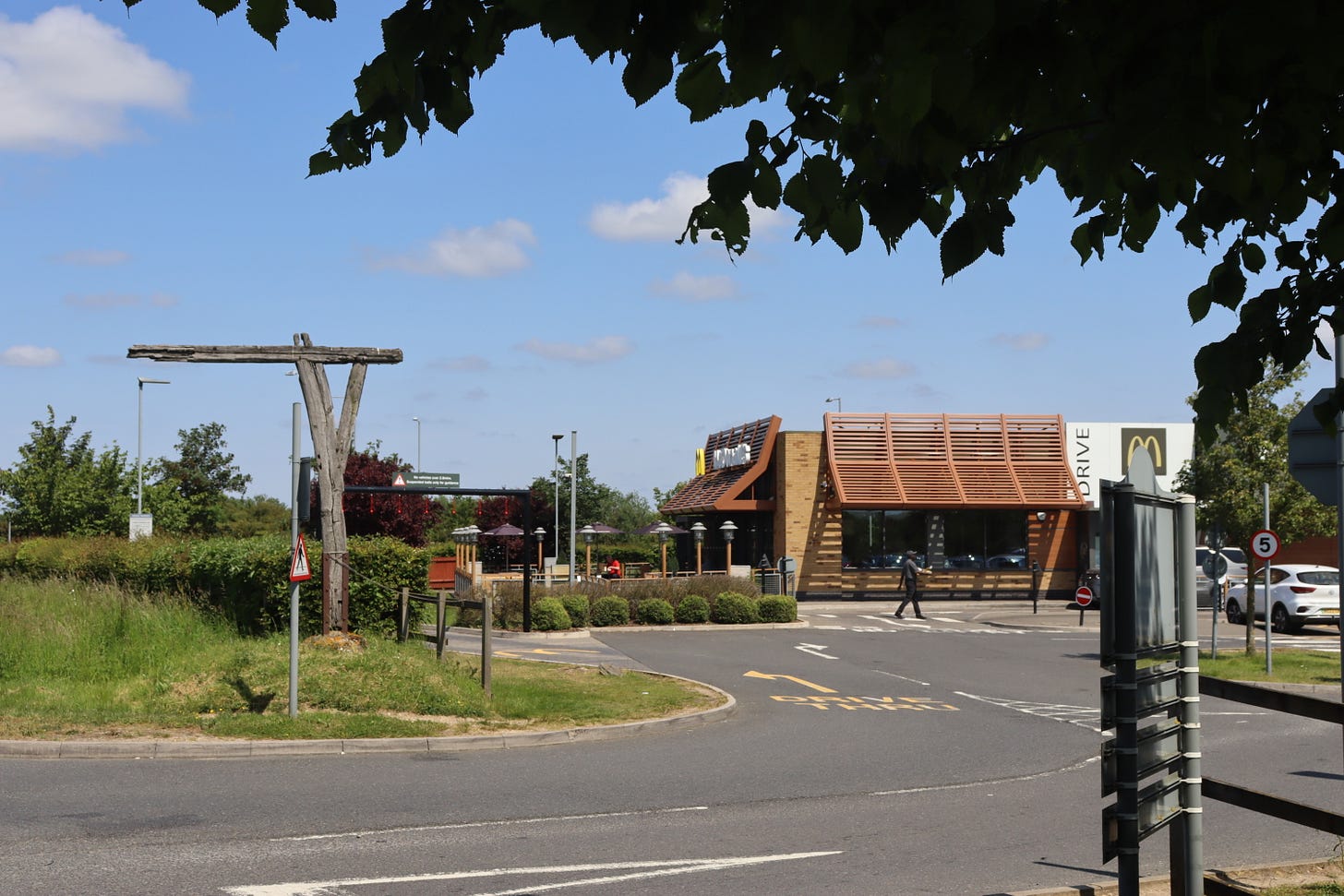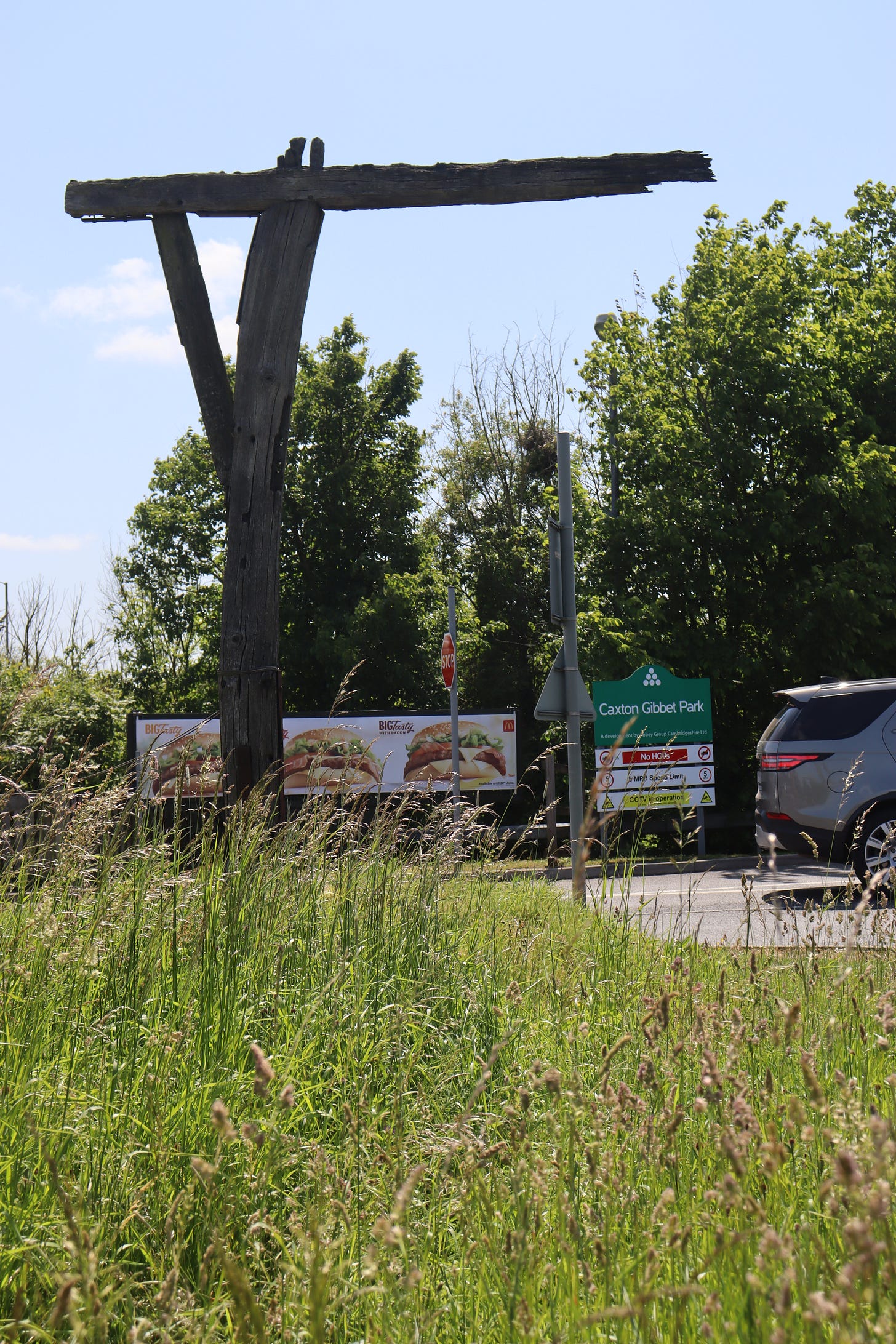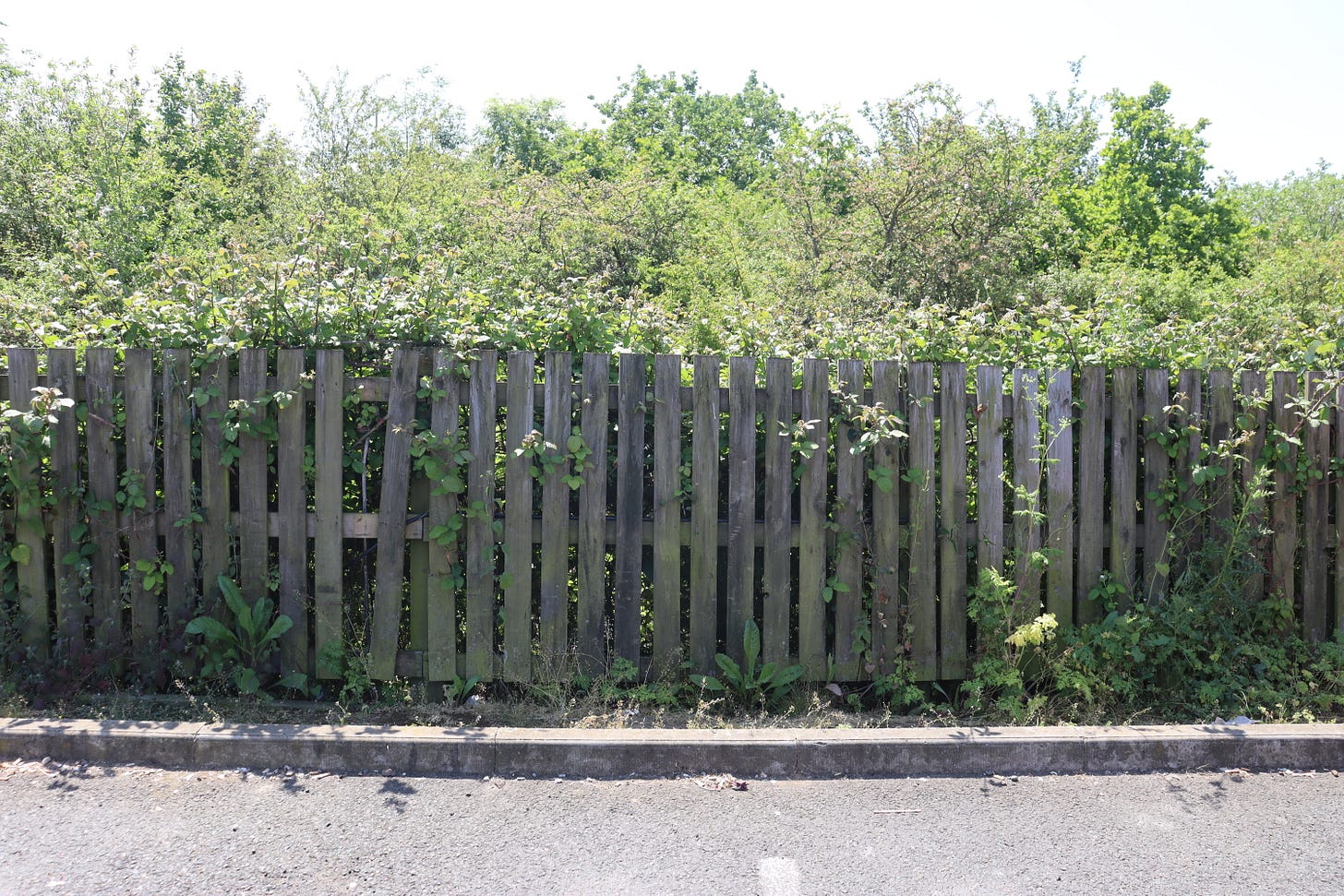As a species we are intermittently transient. We like to sink our roots in a place and call it home. Somewhere we can build up all the infrastructure and nonsense that comes with a complex system of society. The marketplaces, libraries, restaurants, strip clubs, tiki bars, banks, cinemas, garden centres, casinos, and whatever else we need to feel special and throw off that feeling of fear that comes from the wild.
But for some reason, we simply cannot seem to stay still. We’re always on the go, moving around. Fucking off here and there to see other places and people, despite all that shit we lay down. Because to stay in one location makes us feel bored and empty. And therein lies the rub. Travel is a scary endeavour. Always has been, always will be. We leave the safety and comfort of our homes and venture back into the unknown. We could get eaten by a sabre-toothed tiger or clubbed to death by a cyclops. We just don’t know. Yet still we do it, such is the allure of exploration, and the meaningless of our lives stuck in one place. And so, early on in our history, a solution was required. Initially we just took a little piece of home with us. Packed up our possessions and carried them with us. Something that was a lot easier when everything a person owned could be carried in a satchel crafted from a single mammoth’s nutsack. As we accumulated a greater number of commodities, a more practical and permanent solution was required. This is when some of our more industrious ancestors found halfway points and decided to tame the wilderness, bring a little taste of civilisation to the places between. And so were born the first service stations. The Romans called them mansio, a place that provided essential services for travellers such as food, accommodation, and facilities for changing horses, and the world they inhabited is littered with them. Britain itself had dozens of them up and down the country. As society has progressed, through time at least, these places have become no less important. Ever more of them popped up. Little oases of order between communities. A pretence of everything we’ve become accustomed to, but not quite. A photocopy of a photocopy of everything that makes us “happy”. A place to shop, and eat, and recharge.
In addition to intermittent travelling and consuming shit, the other thing that we like in our society is stratification. Human beings love to rank things and create hierarchies. Why we do this, I cannot say, but as soon as we were travelling places, someone somewhere was compiling a list of the top things to see and do. It didn’t all start with BuzzFeed. Long before, people like Herodotus was writing his travel guides and Antipater of Sidon was putting together his list of the wonders of the world to see before you die.
“You’ve haven’t been? Why, the Colossus of Rhodes is only 4 drachma return, you simply must go…”
These days it's not just lists of the big, monumental stuff people create. There’s plenty of clickbait out there ranking all kinds of things, from best streetfood to best places to go if you need a piss. And of course, there are plenty of lists out there ranking the top highway services. In Britain, there’s lots of choice. Some say it is the Tebay services, off the M6. Others think it should be Watford Gap, off the M1. The thing that all these lists of top service stations have in common, however, is that they are all completely wrong. The best service station in the whole of Britain, and quite probably the world, is actually Caxton Gibbet services off of the A428, near Cambridge. It isn’t even classed as a services. More a “notorious roundabout which has attracted a number of facilities”. But those facilities when collected together include all the things you’d want to find for respite and refreshment on your journey. A Shell garage, McDonalds, Costa, Subway, and the enticingly named Gourmet Kebab restaurant. And then there is the infamous feature that influenced the name, the gibbet itself*.
A gibbet consists of an upright post with a projecting arm or beam, from which the body of a criminal would be hung after execution. There has been a gibbet in this spot for hundreds of years. The gibbet at Caxton Gibbet was special though. It wasn’t a quick death offered to those that offended this rural community. The robbers, murderers, rapists, and thieves were thrown into a cage and left to die from whichever came first of starvation, dehydration, or exposure. Any of those takes a long time. Weeks maybe, all the while the helpless criminal would be on display for all to see, maybe even interact with. Imagine village life, trying to get those turnips in the ground whilst the dandy highwayman you caught last week groans and begs for a little water. Picture doing your shopping with the smell of rotting flesh and the crows picking at the guts of the cadaver that’s been left as a warning to other criminals.
“About 1753 or 1754 the son of Mrs. Gatward being convicted of robbing the Mail was hanged in chains on the Great Road. I saw him hanging in a scarlet coat after he had hung 2 or 4 months it is supposed that the screw was filed which supported him and that he fell in the first high wind after.” William Cole, Cambridgeshire clergyman
There is some kind of statement about the world we find ourselves in today that can be taken from this place. People, their humdrum lives slowly withering away as they cram burgers and fries into their mouths, staring blankly out the window at the ongoing monument to people’s lives withering away.
As soon as one enters, it is clear that this is no normal services, regardless of its gruesome history. There’s a power here, an ancient one. You can feel it rising from the hardstanding, entering your body through every pore, along with the vapours of burning grease. It has existed here long before the services, long before the gibbet. This used to be fenlands, Britain’s watery wilderness that was loved, worshiped, and feared up until the Dutch drained it and claimed it in the name of enterprise. But the land remembers. Nature remembers. There’s a pressure coming from all around, barely contained by the fencing and civilisation as nature pushes back. One false step, and the wildness will reclaim what we have so cruelly taken from it.
The purpose of a gibbet was to serve as a deterrent and to publicly shame the person who committed a serious crime. Maybe in this way, nature itself is trying to shame us into being better. Into accepting the wild and living once again in balance with it.
* for context, the current gibbet is likely to be a replica, put up by the innkeeper that kept these services in the late 19th century. Presumably, they were replacing the original that may have been damaged or simply decayed away, aiming to keep the relevance of the establishment’s name.






